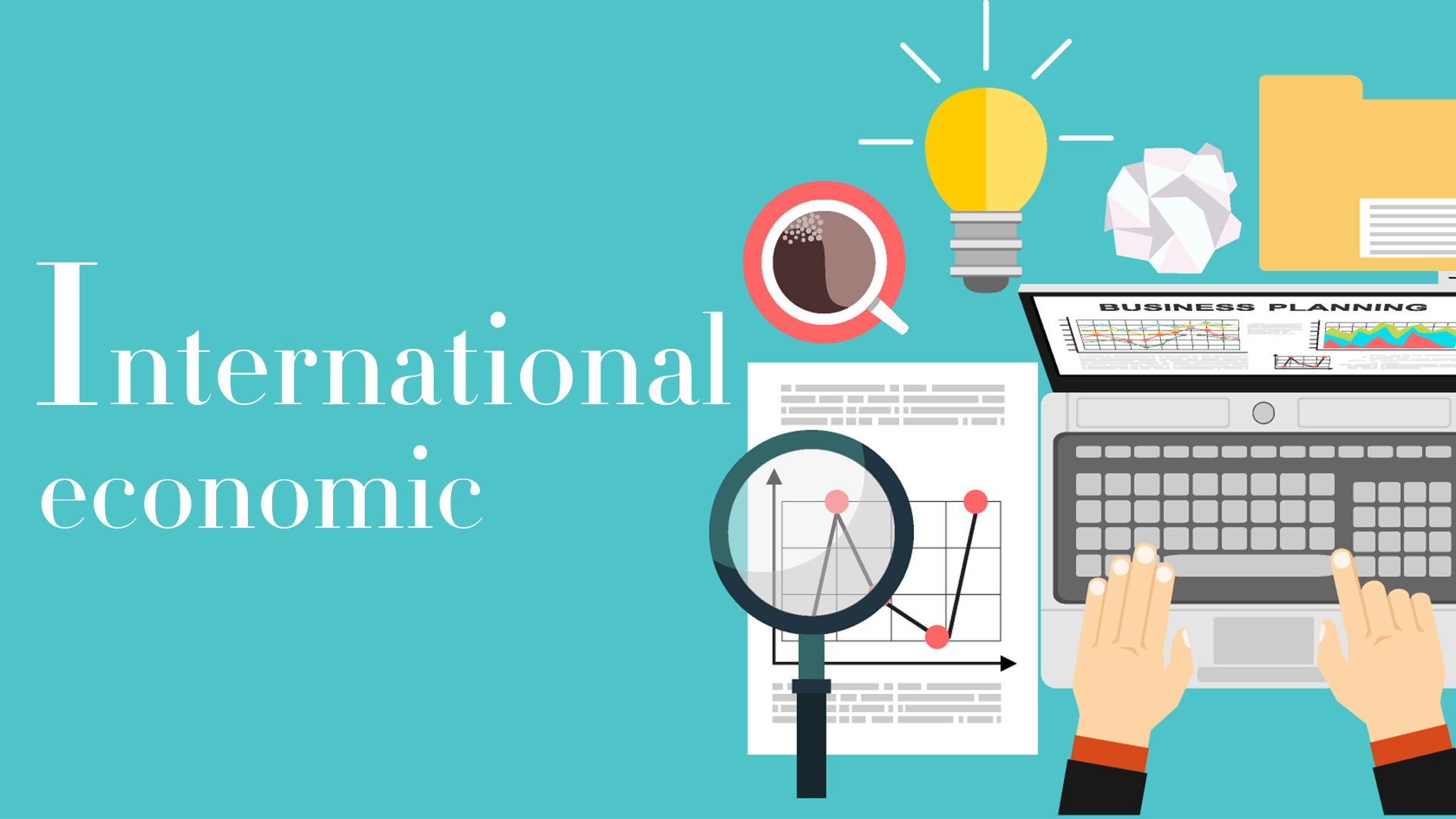第八章单元测试
- For most developing countries:( )
- Which of the following is one of the advantages of export-oriented industrialization?( )
- Which of the following is not a characteristic of a developing country?( )
- Which of the following would be more likely to have countries using trade primarily as a vent for agricultural surplus?( )
- Which of the following countries or area is NOT characterized by rapid growth in gross domestic product in industrial production and manufactured exports? ( )
- Which of the following is NOT one of the three main disadvantages of an import-substitution industrialization strategy?( )
- Which of the following is NOT one of the most serious problems facing developing countries today?( )
- Which of the following is one of the three main disadvantages of an import-substitution industrialization strategy?( )
- The infant-industry argument states that temporary trade protection is needed to protect a new industry against competition from more established and efficient foreign firms.( )
A:Productivity is high among domestic workers
B:Savings and investment levels are high
C:Agricultural goods and raw material tend to make up much of domestic output
D:Population growth and illiteracy rates are low
答案:Agricultural goods and raw material tend to make up much of domestic output
A:Foreign firms are induced to establish so-called tariff factories to overcome the tariff wall of developing nations
B:It is easier for developing nations to protect their domestic market against foreign competition than to force developed nations to lower trade barriers against their manufactured exports
C:It overcomes the smallness of the domestic market and allows a developing nation to take advantage of economies of scale
D:The market for the industrial product exists domestically, as evidenced by imports of the commodity, so that risks are reduced in setting up an industry to replace imports
A:Low life expectancy
B:A high illiteracy rate
C:A high proportion of the labor force in agriculture
D:Low population growth rate
A:North America
B:Southeast Asia
C:North Korea
D:Eastern Europe
A:Korea
B:Hong Kong, China
C:Chile
D:Singapore
A:Domestic industries can grow accustomed to protection from foreign competition and have no incentive to become more efficient
B:Export volume can grow fast.
C:Import substitution can lead to inefficient industries because of the smallness of the domestic market in many developing nations
D:After the simpler manufactured imports are replaced by domestic production, import substitution becomes more and more difficult and costly as more capital-intensive and technological advanced imports have to be replaced by domestic production
A:The remaining trade protectionism of developed countries against developing countries exports
B:The gradually reducing fertility rates
C:The conditions of stark poverty prevailing in many countries
D:The unsustainable foreign debt of some of the poorest developing countries
A:Developed nations often provide a high level of effective protection for their industries producing simple labor-intensive commodities in which developing nations already have or can soon acquire a comparative advantage
B:It may be very difficult for developing nations to set up export industries because of the competition from the more established and efficient industries in developed nations
C:Domestic industries can grow accustomed to protection from foreign competition and have no incentive to become more efficient
D:The domestic firms can share and corporate with foreign firms in large international market.
A:错 B:对
温馨提示支付 ¥3.00 元后可查看付费内容,请先翻页预览!

